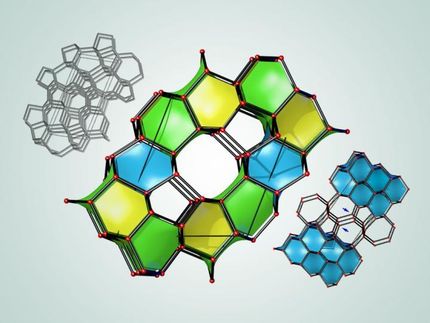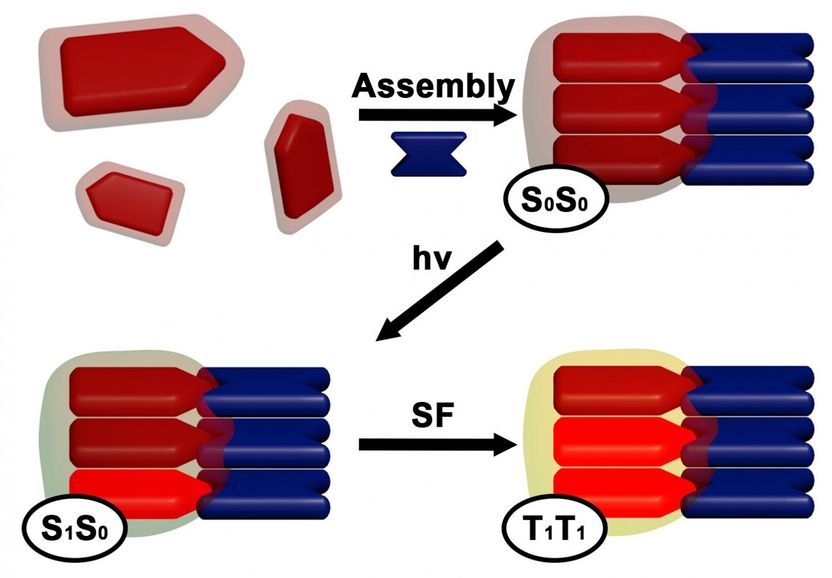Development of a versatile, accurate AI prediction technique even with a small number of experiments
Advertisement
NIMS, Asahi Kasei, Mitsubishi Chemical, Mitsui Chemicals and Sumitomo Chemical have used the chemical materials open platform framework to develop an AI technique capable of increasing the accuracy of machine learning-based predictions of material properties (e.g., strength, brittleness) through efficient use of material structural data obtained from only a small number of experiments. This technique may expedite the development of various materials, including polymers.

Development of an AI technique capable of improving the prediction accuracy
Ryo Tamura, National Institute for Materials Science
Materials informatics research exploits machine learning models to predict the physical properties of materials of interest based on compositional and processing parameters (e.g., temperature and pressure). This approach has accelerated materials development. When physical properties of materials are known to be strongly influenced by their post-processing microstructures, the model’s property prediction accuracy can be effectively improved by incorporating microstructure-related data (e.g., x-ray diffraction (XRD) and differential scanning calorimetry (DSC) data) into it. However, these types of data can only be obtained by actually analyzing processed materials. In addition to these analyses, improving prediction accuracy requires predetermined parameters (e.g., material compositions).
This research group developed an AI technique capable of first selecting potentially promising material candidates for fabrication and then accurately predicting their physical properties using XRD, DSC and other measurement data obtained from only a small number of actually synthesized materials. This technique selects candidate materials using Bayesian optimization and other methods and repeats the AI-based selection process while incorporating measurement data into machine learning models. To verify the technique’s effectiveness, the group used it to predict the physical properties of polyolefins. As a result, this technique was found to improve the material property prediction accuracy of machine learning models with a smaller sample set of actually synthesized materials than methods in which candidate materials were randomly selected.
The use of this prediction accuracy improvement technique may enable a more thorough understanding of the relationship between materials’ structures and physical properties, which would facilitate investigation of fundamental causes of material properties and the formulation of more efficient materials development guidelines. Furthermore, this technique is expected to be applicable to the development of a wide range of materials in addition to polyolefins and other polymers, thereby promoting digital transformation (DX) in materials development.
























































